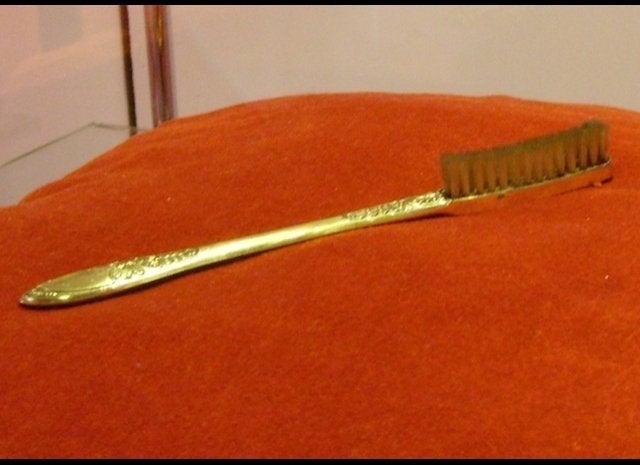
R. A. Dickey is one of the hottest topics in Major League Baseball right now. This right-handed Mets pitcher’s two most recent outings have been one-hitters, he has a league-leading 11–1 win-loss record, and he’s one of the league’s only knuckleballers. What makes this pitch so hard to hit?
A knuckleball is famously difficult to throw, hit and catch because of its erratic behavior. It seems to fly through the air with no spin and then break suddenly in any direction. The ball’s seams are key to this behavior. Not just tools to keep the leather together or leave impressive welts when you “catch” a ball with your shin, the seams affect the airflow around the ball.
Air drags along the smooth parts of a baseball surface, but the seams produce little vortices that allow air to travel more quickly over them. A fastball rotates 16 or 17 times between the pitcher and batter, and the rapid rotation means that the airflow turbulence caused by the seams is pretty evenly spread over the whole ball and the entire trajectory of the throw, so it travels steadily. On the other hand, a knuckleball rotates only one half to one time on its way to the batter, so the airflow turbulence stays on one side of the ball for a while before slowly moving to the other. The ball drifts in the direction of the leading seam, which slowly moves from one side to the other.
Slow is, of course, relative when it comes to pitching. Most knuckleballs poke along at a zesty 65 to 70 miles per hour, although Dickey’s have averaged 77 mph this season. By comparison, fastballs in the majors average about 90 mph. Dickey’s speed may be part of the secret to his success, especially when it comes to his unusually high strikeout percentage. Higher speeds mean less erratic movement, which helps him stay in the strike zone. Of course, it’s a balancing act because the erratic movement is what makes the knuckleball so hard to hit in the first place.
Whatever his secret, Dickey is flying high right now, along with his knuckleball. He’s won the last six games he’s pitched. Tonight we’ll see if he can make it seven.
